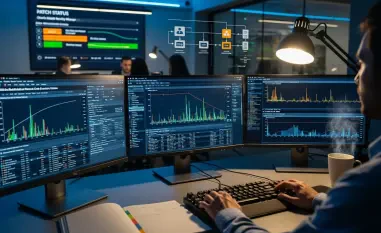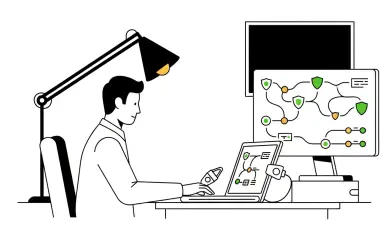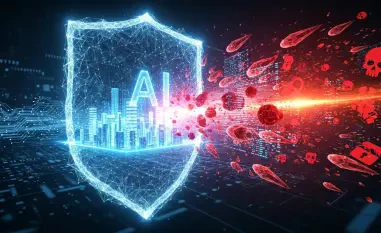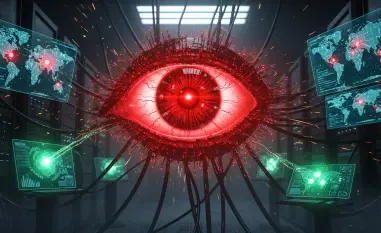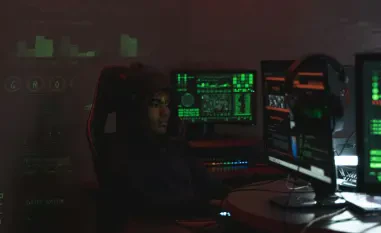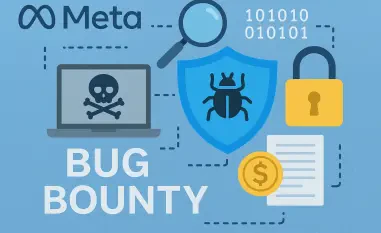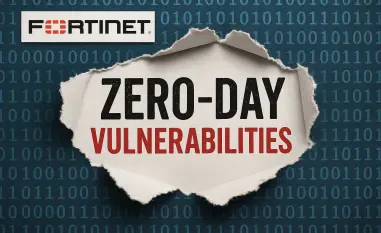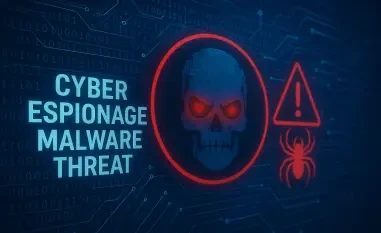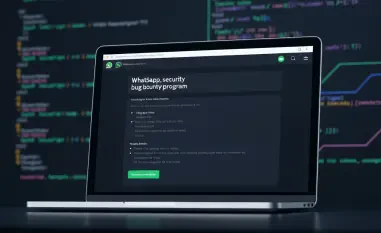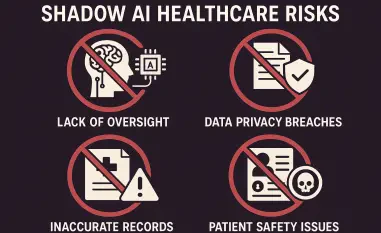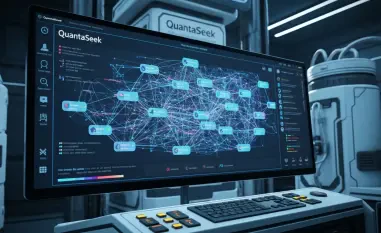Imagine a global corporation facing a sudden spike in ransomware attacks, with sensitive data potentially exposed on hidden online forums, while sophisticated adversaries plan their next move using advanced tactics. In this high-stakes environment of 2025, cybersecurity teams must decide between leveraging cutting-edge tools powered by artificial intelligence to predict and prevent threats or focusing on monitoring illicit corners of the internet for leaked information. This dilemma underscores the critical choice between AI-driven Cyber Threat Intelligence (CTI) and Dark Web Monitoring, two pivotal strategies in modern cybersecurity. Both approaches aim to protect organizations from escalating cyber risks, yet they differ significantly in scope, technology, and application. This comparison delves into their unique strengths and limitations, providing clarity for enterprises navigating an increasingly complex threat landscape.
Understanding the Foundations of AI-Driven CTI and Dark Web Monitoring
AI-driven CTI and Dark Web Monitoring stand as essential pillars in the fight against cybercrime, each addressing distinct facets of digital defense. AI-driven CTI harnesses the power of artificial intelligence to sift through massive datasets, identifying patterns and predicting potential threats before they materialize. By delivering actionable insights, it empowers organizations to adopt a proactive stance against a range of cyber risks, from malware to advanced persistent threats (APTs). This approach transforms raw data into strategic intelligence, enabling security teams to stay ahead of adversaries.
In contrast, Dark Web Monitoring focuses on the shadowy underbelly of the internet, scanning hidden marketplaces and forums for signs of compromised data, stolen credentials, or discussions of planned attacks. Its primary goal is to detect breaches or leaks that could jeopardize an organization’s security or reputation. By uncovering illicit activities in spaces often inaccessible through conventional means, this method provides critical visibility into risks that might otherwise go unnoticed.
The relevance of both strategies is undeniable in today’s cybersecurity landscape, where threats like ransomware and nation-state attacks continue to evolve in sophistication. Their applications span enterprise security, brand protection, and compliance with regulatory standards, making them indispensable for organizations of all sizes. As cyber adversaries grow more cunning, understanding the core differences between these approaches becomes vital for building robust defense mechanisms, setting the stage for a deeper exploration of their capabilities.
Key Comparisons Between AI-Driven CTI and Dark Web Monitoring
Scope and Focus of Threat Detection
AI-driven CTI offers a broad spectrum of threat detection, encompassing diverse risks such as phishing campaigns, malware outbreaks, and APTs. By integrating predictive analytics and global threat feeds, it identifies emerging dangers across multiple attack vectors. This wide-reaching scope allows security teams to anticipate and mitigate risks before they impact operations, providing a comprehensive shield against cyber adversaries.
Dark Web Monitoring, on the other hand, narrows its focus to specific threats originating from hidden online spaces. It excels at detecting data leaks, credential theft, and ransomware discussions that could directly harm an organization. While its scope is more limited compared to AI-driven CTI, its precision in uncovering niche risks often proves invaluable for addressing targeted vulnerabilities.
A practical distinction lies in their application: AI-driven CTI might reveal patterns in attacker behavior across a network, enabling preemptive blocking of malicious IPs, whereas Dark Web Monitoring could uncover a company’s exposed employee passwords being sold on an underground forum. This contrast highlights how each tool addresses different layers of the threat landscape, catering to varied security priorities.
Technology and Data Analysis Capabilities
The technological backbone of AI-driven CTI rests on machine learning and big data analytics, enabling real-time processing of vast information streams. These systems prioritize threats based on severity, significantly reducing alert fatigue for security operations centers (SOCs). Their ability to adapt and learn from new data ensures continuous improvement in threat detection accuracy across diverse environments like cloud systems and endpoints.
Conversely, Dark Web Monitoring relies on specialized crawlers and human intelligence to navigate the obscure corners of the internet. These tools are designed to interpret cryptic content and identify relevant risks amidst noise, often requiring manual validation. While less automated than AI-driven CTI, this method provides deep insights into high-impact, specific threats that automated systems might overlook.
Scalability marks another point of divergence. AI-driven CTI seamlessly adapts to expansive and complex infrastructures, making it suitable for large enterprises with dynamic needs. Dark Web Monitoring, while effective in its domain, often focuses on pinpointed risks, offering critical but less scalable solutions for broader security challenges.
Actionability and Integration with Security Systems
AI-driven CTI shines in its ability to integrate seamlessly with existing security frameworks such as Security Information and Event Management (SIEM), Security Orchestration, Automation, and Response (SOAR), and Extended Detection and Response (XDR) platforms. This interoperability allows SOC teams to operationalize intelligence directly into workflows, automating responses to detected threats. Such integration enhances efficiency and minimizes response times during critical incidents.
Dark Web Monitoring, by contrast, often operates as a standalone service, delivering alerts or detailed reports that may require manual intervention for remediation. While these insights are crucial for identifying reputational or insider risks, the lack of direct integration with broader security tools can slow down the response process. Additional systems or processes might be necessary to act on the information provided.
The practical benefits of each approach are evident in their outcomes. AI-driven CTI’s automation capabilities can instantly update firewalls or quarantine endpoints based on threat data, whereas Dark Web Monitoring provides unique visibility into potential breaches that could inform targeted mitigation strategies. Both contribute to security, but their actionability differs based on organizational infrastructure and resource allocation.
Challenges and Limitations of Each Approach
AI-driven CTI, despite its advanced capabilities, comes with notable challenges. The high costs associated with implementation and maintenance can be prohibitive, especially for smaller organizations with limited budgets. Additionally, the complexity of these systems often demands skilled personnel for configuration and interpretation, while over-reliance on automation risks generating false positives that could divert resources from genuine threats.
Dark Web Monitoring faces its own set of hurdles, including incomplete coverage of all hidden online spaces due to the vast and ever-changing nature of the dark web. Ethical concerns also arise from accessing illicit content, potentially exposing organizations to legal or reputational risks. Furthermore, delays in translating findings into actionable responses can hinder timely mitigation, leaving vulnerabilities open for exploitation.
Technical and operational obstacles impact both approaches. For AI-driven CTI, the need for continuous updates to keep pace with evolving threats adds to the burden of maintenance. Similarly, verifying the authenticity of dark web data remains a persistent challenge, as misinformation can lead to misguided actions. Budget constraints and the rapid evolution of cyber threats often outpace detection methods, posing ongoing difficulties for organizations striving to maintain robust defenses.
Choosing the Right Tool for Cybersecurity Needs
AI-driven CTI stands out for its comprehensive, proactive approach to cybersecurity, offering scalable solutions that integrate seamlessly with enterprise systems. It suits large organizations seeking to address a wide array of threats through predictive and automated defenses. Dark Web Monitoring, however, provides specialized insights into hidden risks, making it ideal for targeted protection against data leaks and cybercrime activities that could damage reputation or operations.
Specific use cases further illustrate their strengths. Enterprises with complex infrastructures and high threat exposure benefit from AI-driven CTI’s broad capabilities, while businesses focused on safeguarding sensitive information or preventing fraud find Dark Web Monitoring’s niche focus more aligned with their needs. The decision hinges on an organization’s risk profile and strategic priorities.
A balanced perspective suggests adopting a hybrid approach when resources permit, combining AI-driven CTI’s expansive protection with Dark Web Monitoring’s precise threat detection. Reflecting on the insights gained, it becomes clear that aligning these tools with organizational goals is key to enhancing resilience. Moving forward, security leaders should assess their unique vulnerabilities, invest in training to maximize tool efficacy, and consider partnerships with managed service providers to bridge capability gaps, ensuring a fortified stance against cyber adversaries.

